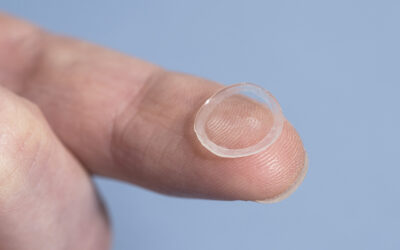Aqueous dispersions of magnetic nanoparticles are widely employed, and in all cases control over particle size and dispersibility – which together determine the applicability – is crucial. However, as it is difficult to form nanoparticles with controlled dimensions and shape in water, many production routes rely on multi-step procedures involving non-aqueous, high-temperature synthesis, functionalization and phase transfer. In contrast, in nature, so-called magnetotactic bacteria produce chains of magnetite (Fe3O4) crystals – which they use as microscopic compass needles for navigation – with near-perfect morphological control through the actions of proteins.
New research now aims to mimick the key components of this system. The group responsible – a Dutch-Japanese collaboration – employed a similar iron chemistry to controllably grow magnetite from a preformed mineral phase rather than directly from solution. They also designed different protein-like polymers to simulate the basic functions of biomineralization proteins. This allowed them to simultaneously use the negatively charged parts of the polymers to tune the crystal size and the positive parts to control dispersibility in a one-pot approach.
















